-
CATEGORY ::
- All Seeds /
- All Flower Seeds /
- All Yucca Seeds
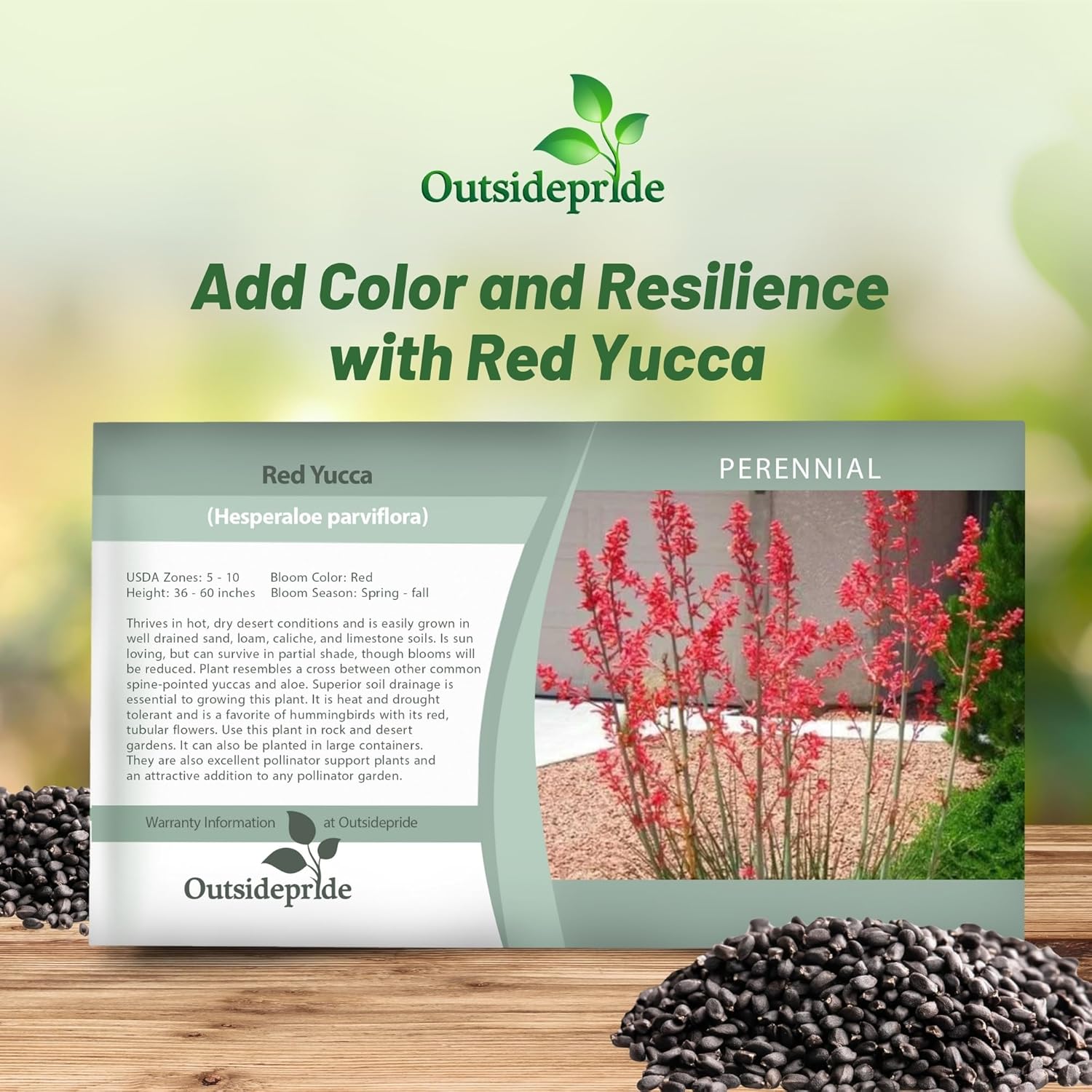

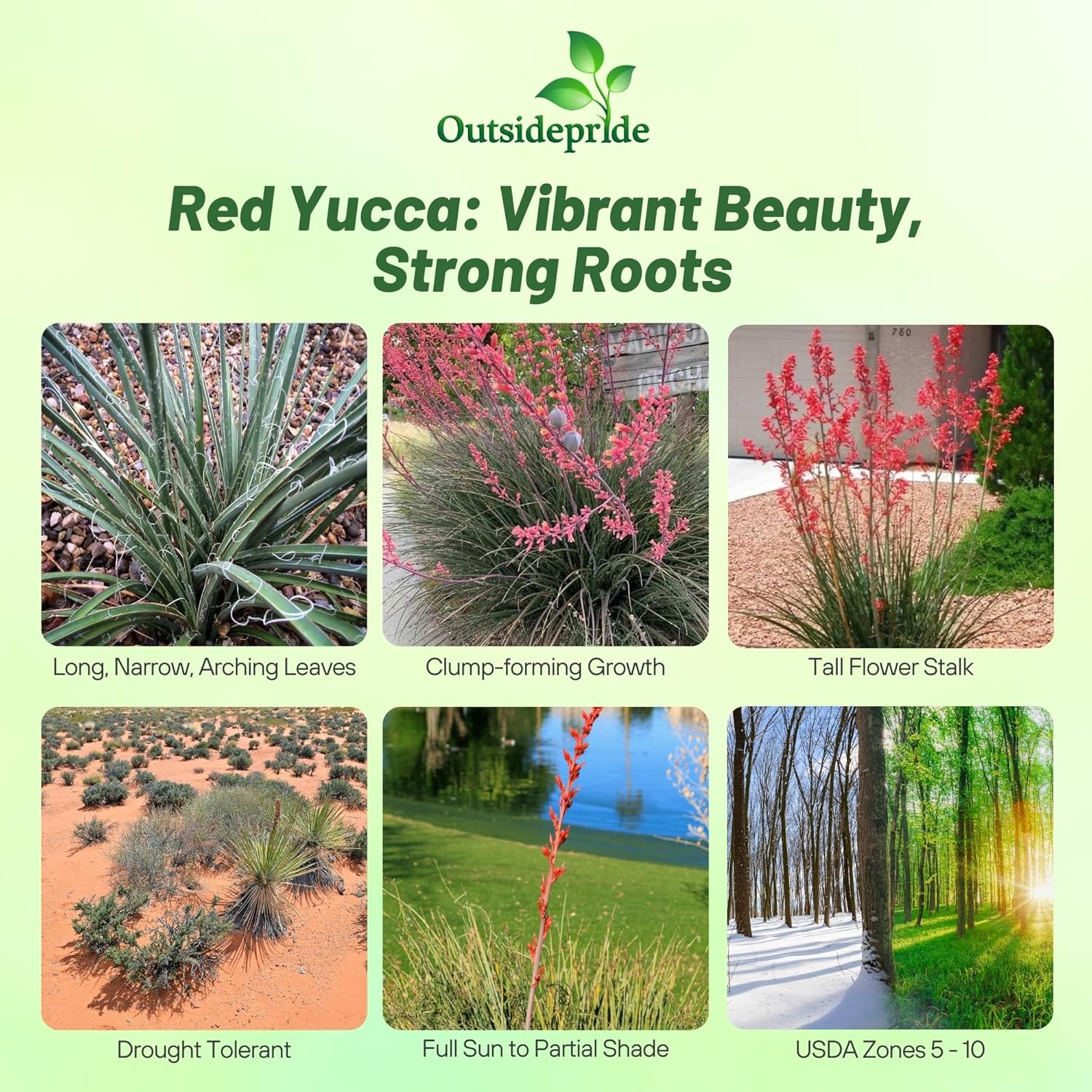
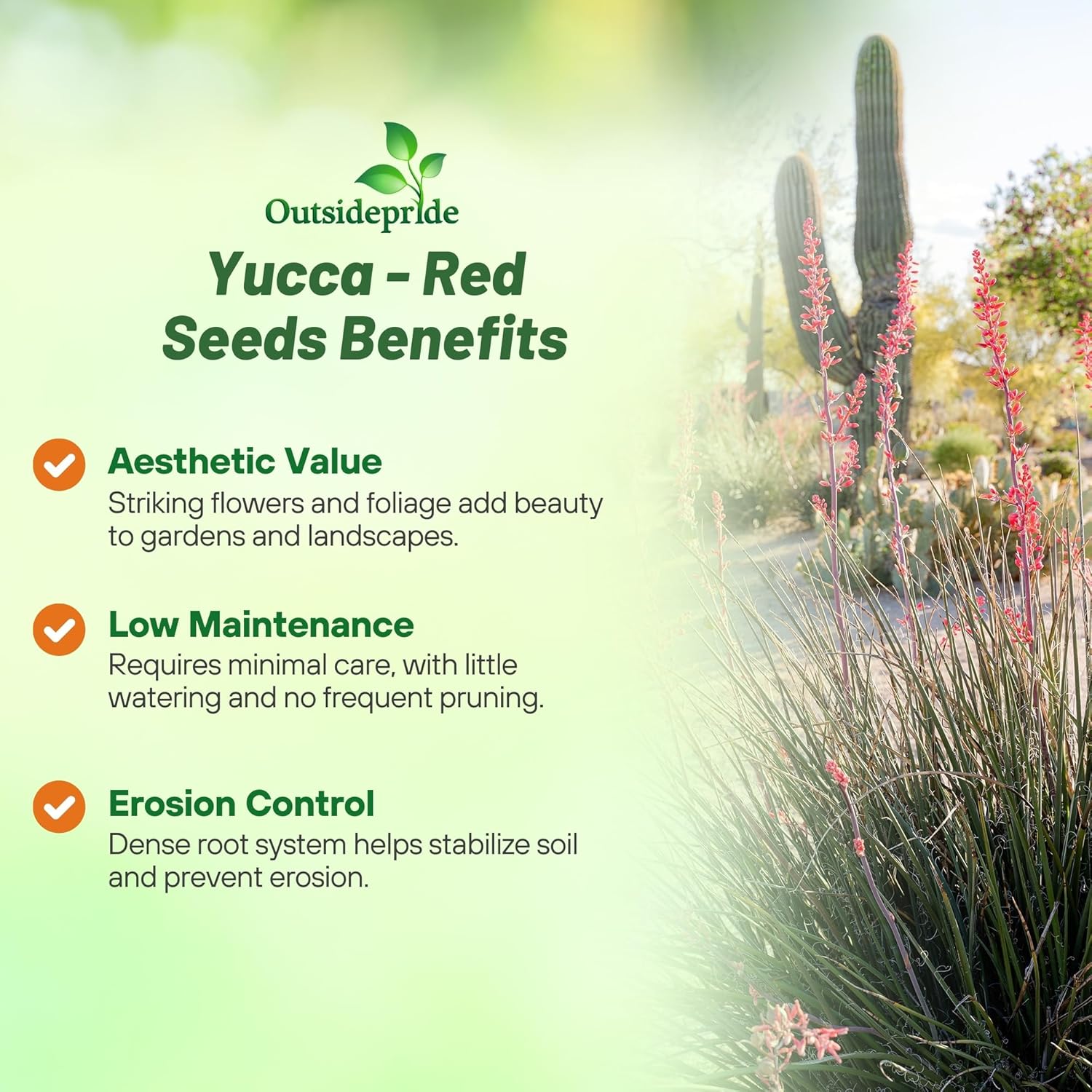
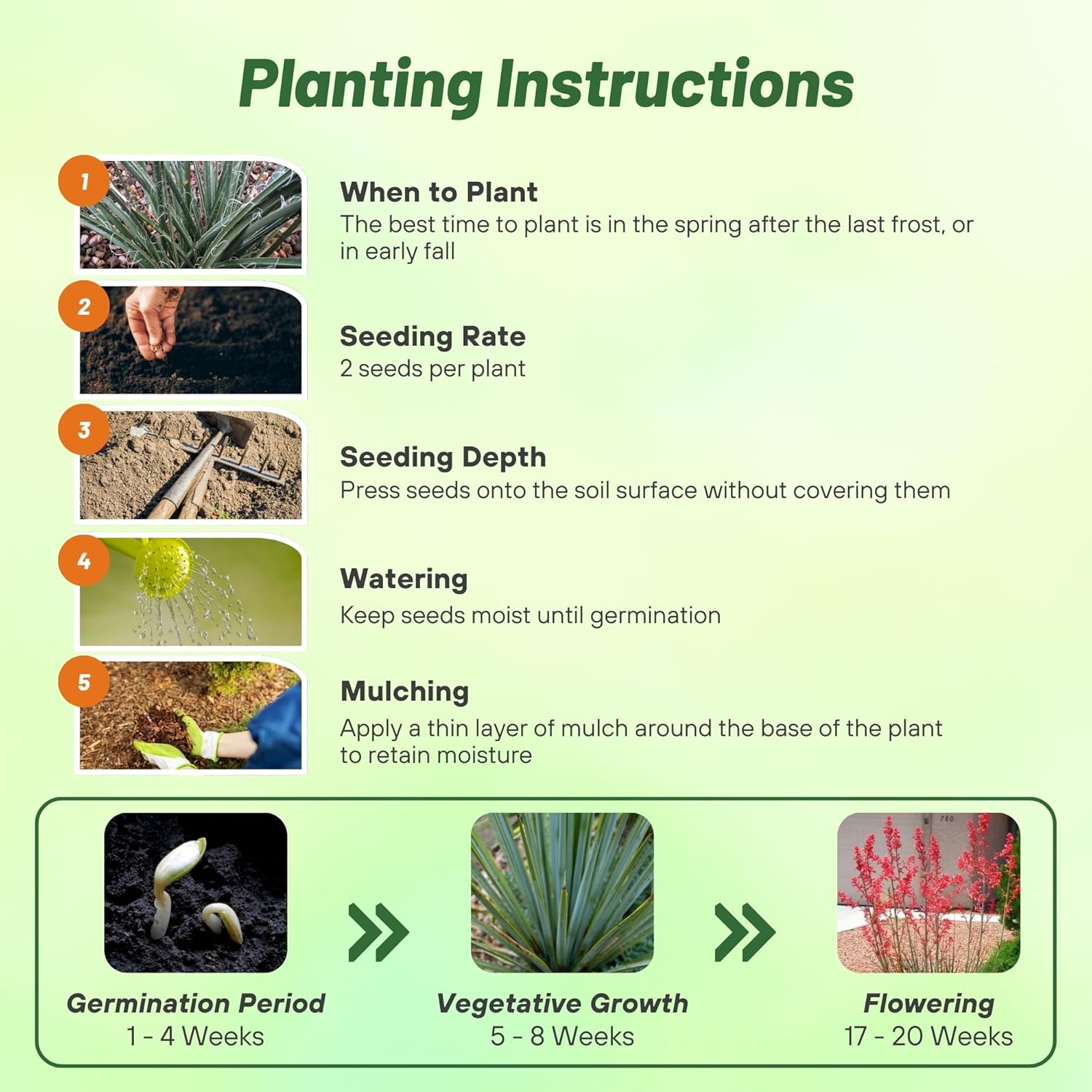
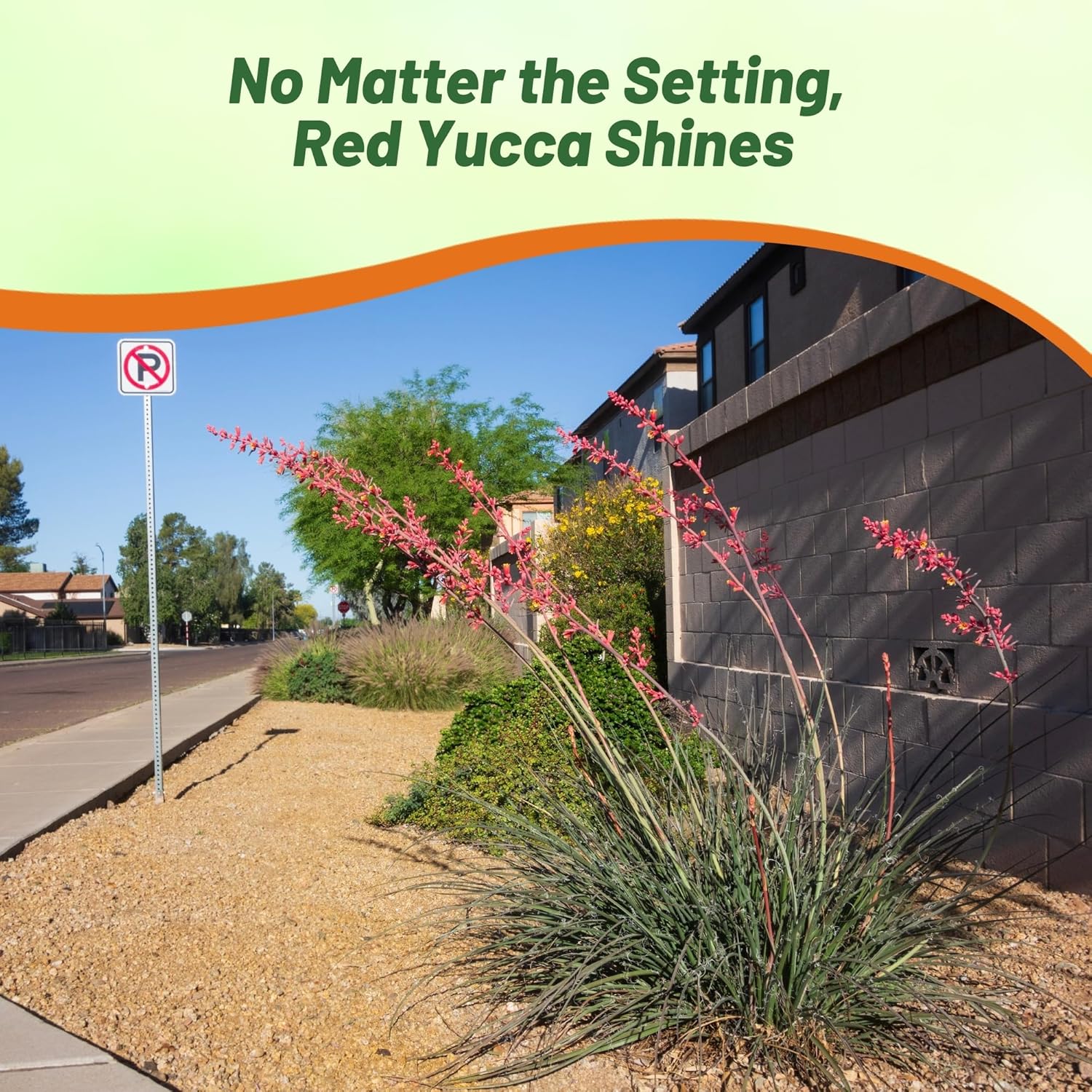
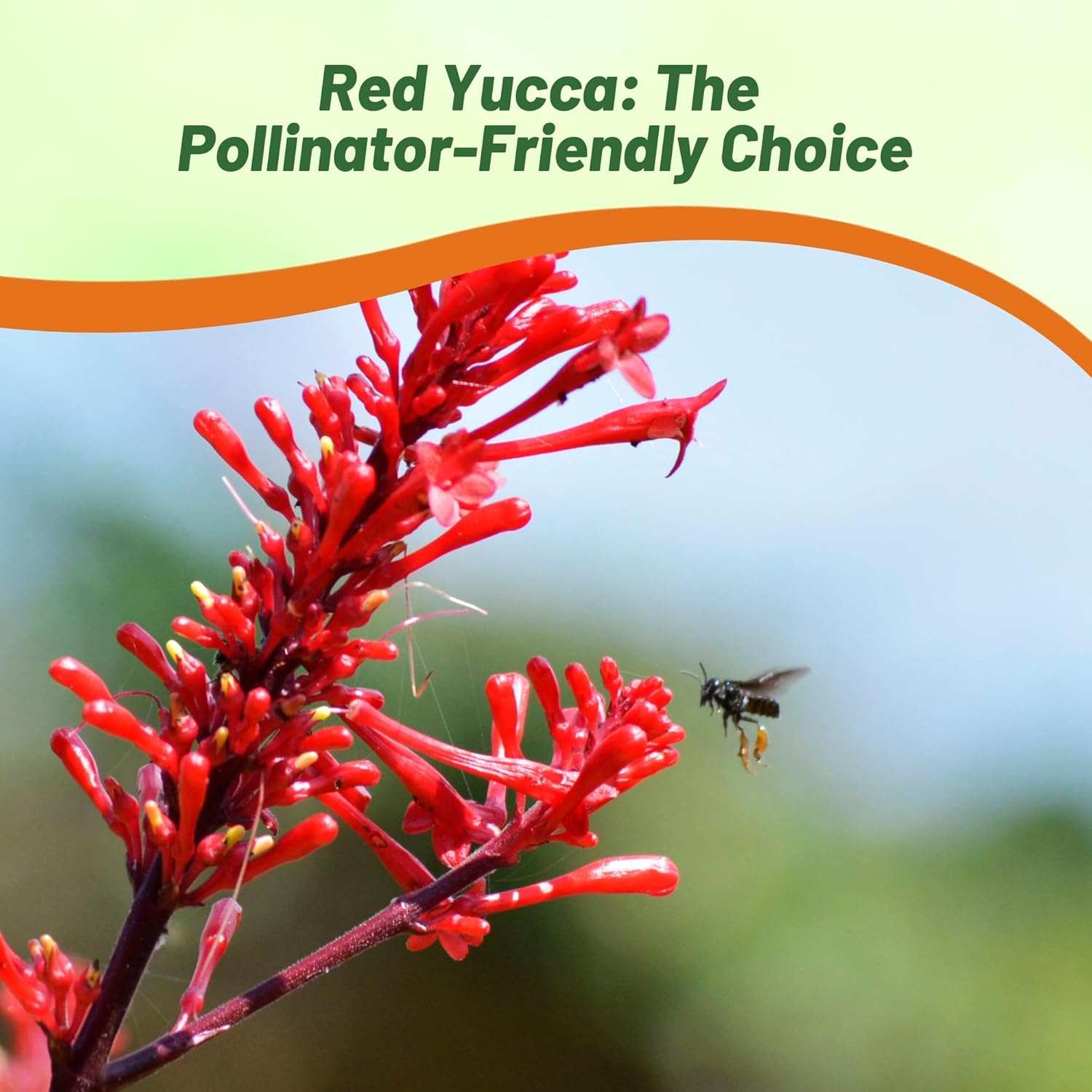


Yucca - Red
About...
Red Yucca (Hesperaloe parviflora) - Red yucca, a versatile and tough native Texas succulent, was named the newest Texas Superstar plant. Red Yucca is a member of the century plant family and is native to the deserts of Texas and northeastern Mexico.MORE YUCCA OPTIONS
Planting Directions
TEMPERATURE
55F - 70F
AVERAGE GERM TIME
Some seeds will germinate within a week, others will take 4 - 6 weeks
LIGHT REQUIRED
Yes
DEPTH
Press seeds onto the soil surface without covering them
SOWING RATE
2 seeds per plant
MOISTURE
Keep seeds moist until germination
PLANT SPACING
48 - 60 inches
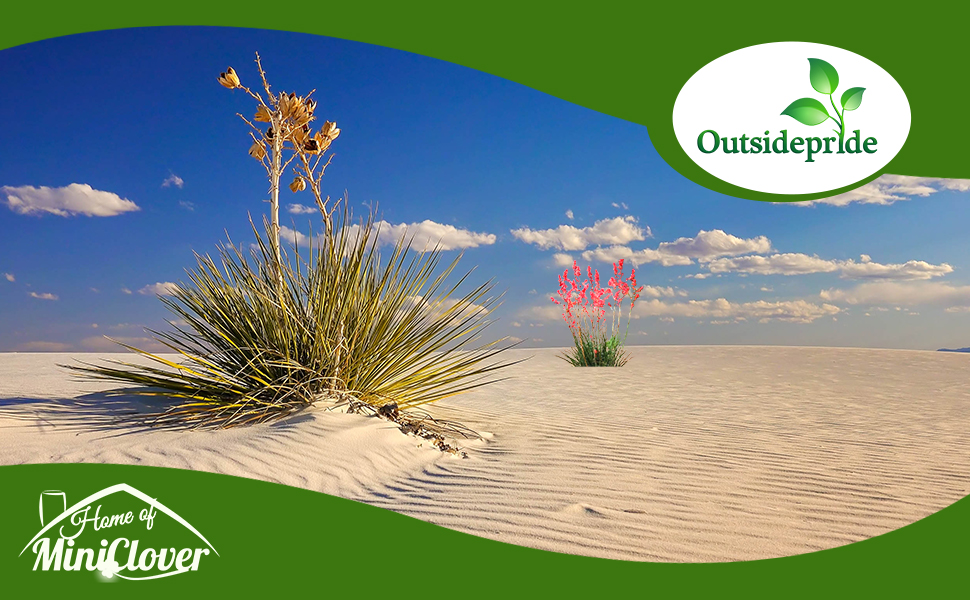
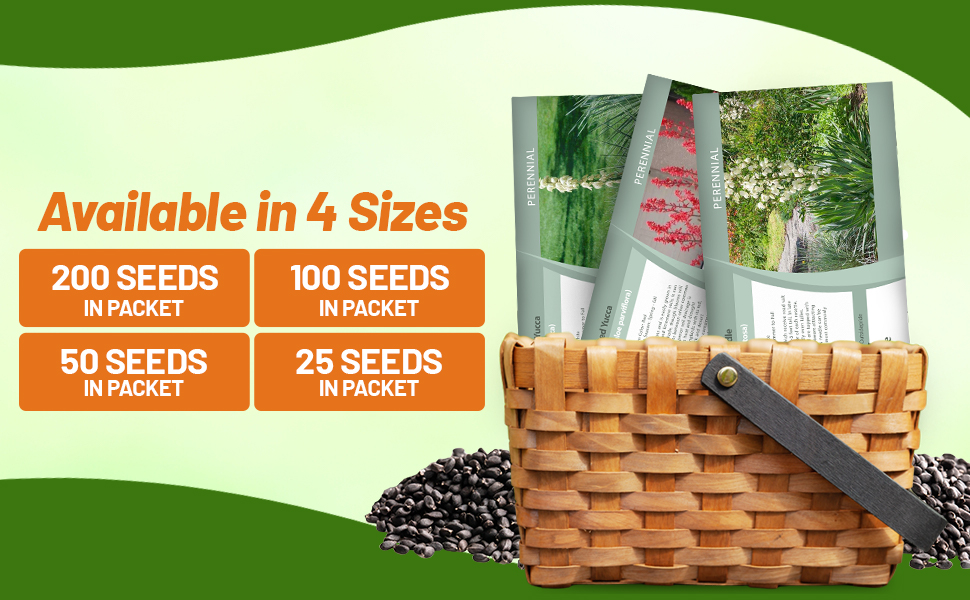
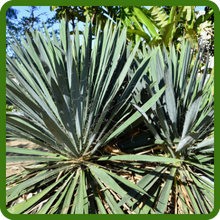
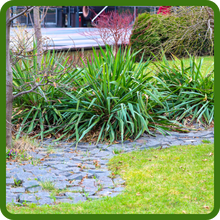
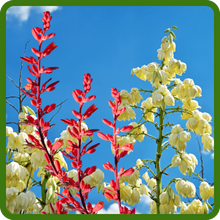
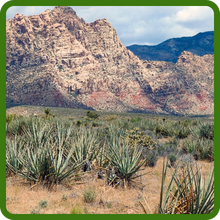
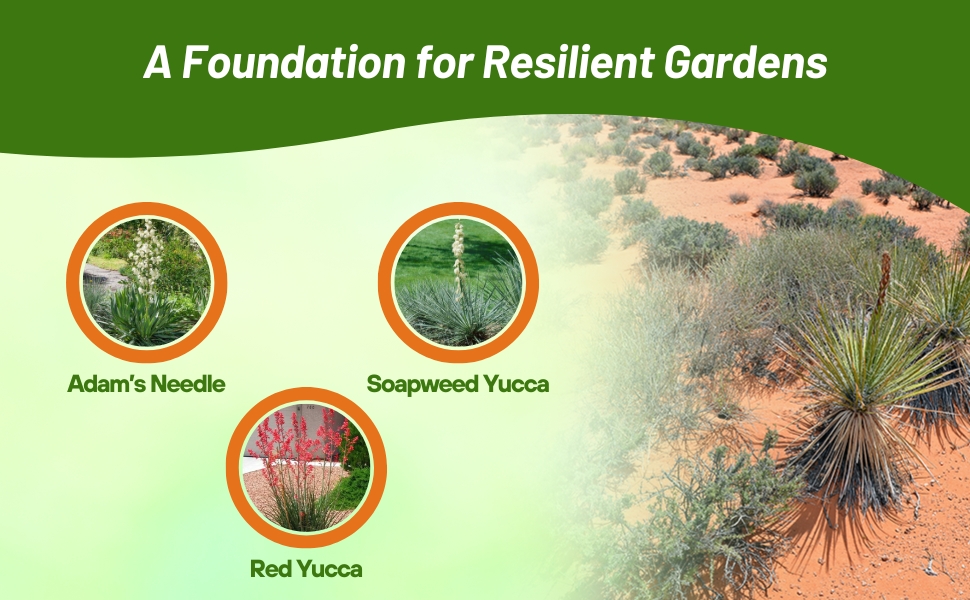
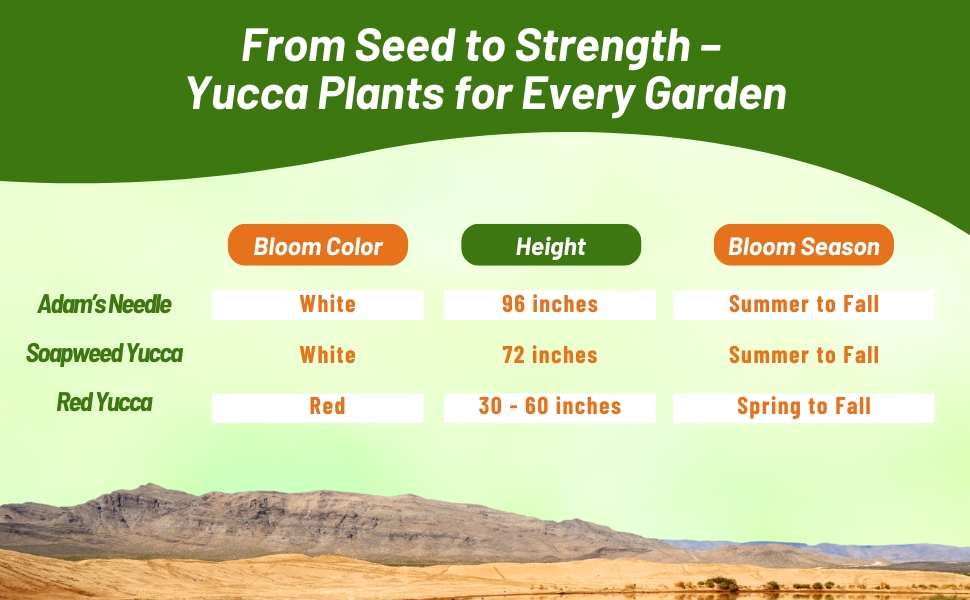
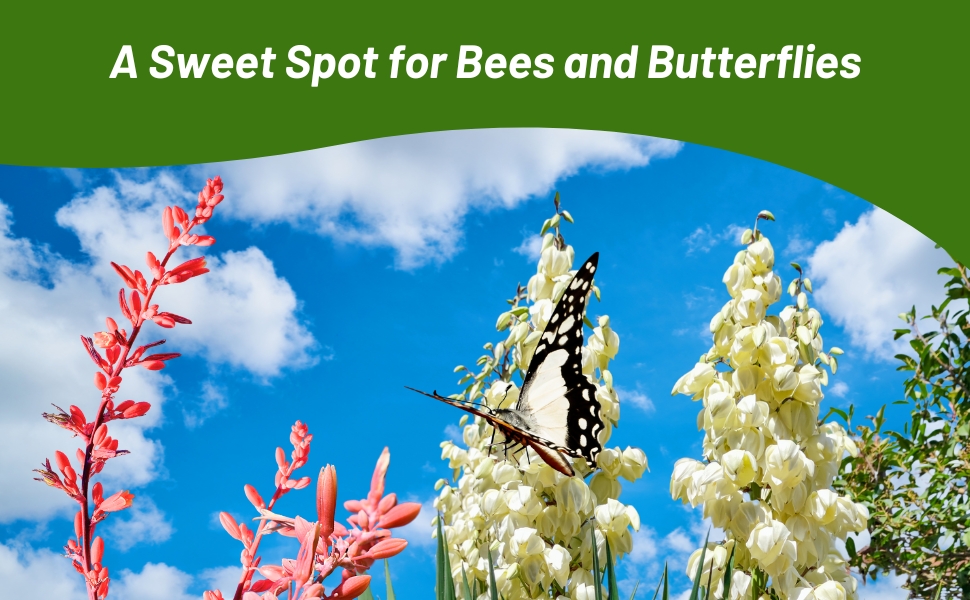
Red Yucca (Hesperaloe parviflora) - Red yucca, a versatile and tough native Texas succulent, was named the newest Texas Superstar plant. Red Yucca is a member of the century plant family and is native to the deserts of Texas and northeastern Mexico. It is also called: coral yucca, hummingbird yucca, pink yucca, soft-tip yucca, samadoque and redflower false yucca. Plant leaves are thicker than those of other yuccas, but more sword-shaped than aloe. Red yuccas’ dark green leaves arise from a slowly suckering clump forming a cluster of rosettes. Flowers are typically 4 - 5 inch pale pink spikes or narrow sparsely branched panicles of coral or salmon-pink. Rarely they are red or yellow, 1 - 2 inch tubular flowers with trumpet-shaped flared tips. They will often flower multiple times during the growing season.
It thrives in hot, dry desert conditions and is easily grown in well-drained sand, loam, caliche, and limestone soils. Red yucca is a sun-loving plant, but can survive in partial shade, though blooms will be reduced. The native plant resembles a cross between other common spine-pointed yuccas and aloe. Superior soil drainage is essential to growing this plant. It is heat and drought tolerant and is a favorite of hummingbirds with its red, tubular flowers. Use this plant in rock gardens and desert gardens. It can also be planted in large containers. They are also excellent pollinator support plants and an attractive addition to any pollinator garden.
In cooler winter climates, flowering occurs during the summer into fall but in warm winter climates, flowering will occur nearly year-round. The arching narrow green leaves are evergreen and attractive with fine, curling threads on the margins. Plants are very drought and heat tolerant once established. They also perform well in low fertility locations but will grow more vigorously where adequate nutrients are available.
It is an obvious choice for rock gardens and xeriscape landscaping. Red yucca makes a nice accent or small-scale groundcover beneath mesquite, paloverde or other trees with light filtered shade. The lack of sharp points on the leaves, hence its alternate name of soft-leaf yucca, makes red yucca suitable for use where pedestrian traffic may contact it.
Common Questions
Will hesperaloe parviflora attract any pollinators to the garden?
Yes, butterflies and hummingbirds are attracted to these flowers.
Where are some good areas of a landscape to use these plants?
These are great for borders, garden beds, rock gardens or in containers.
Planting Directions
TEMPERATURE
71F - 75F
AVERAGE GERM TIME
14 - 21 days
LIGHT REQUIRED
Yes
DEPTH
Lightly cover seed with quality soil
SOWING RATE
2 - 3 seeds per plant
MOISTURE
Keep seeds moist until germination
PLANT SPACING
10 feet
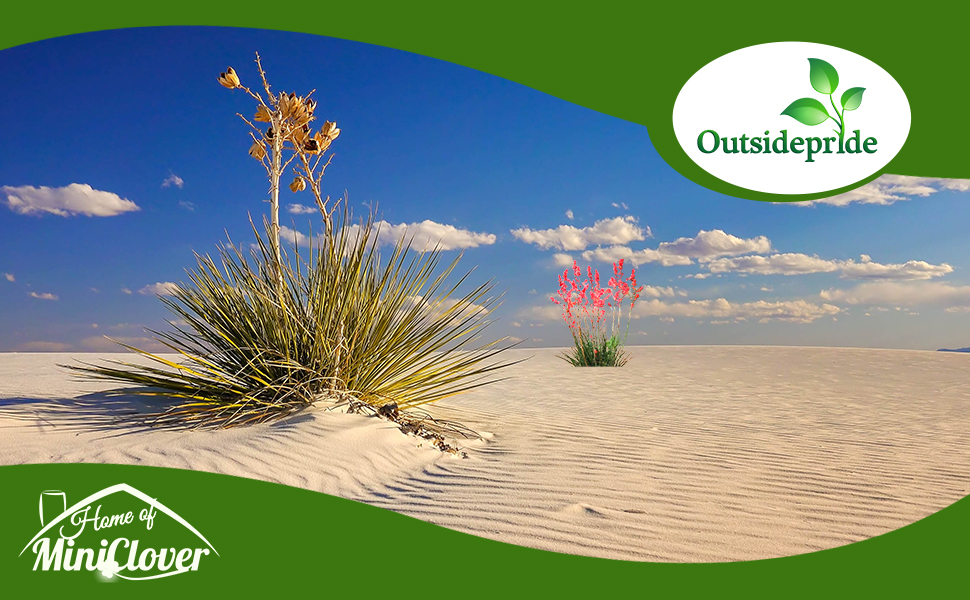
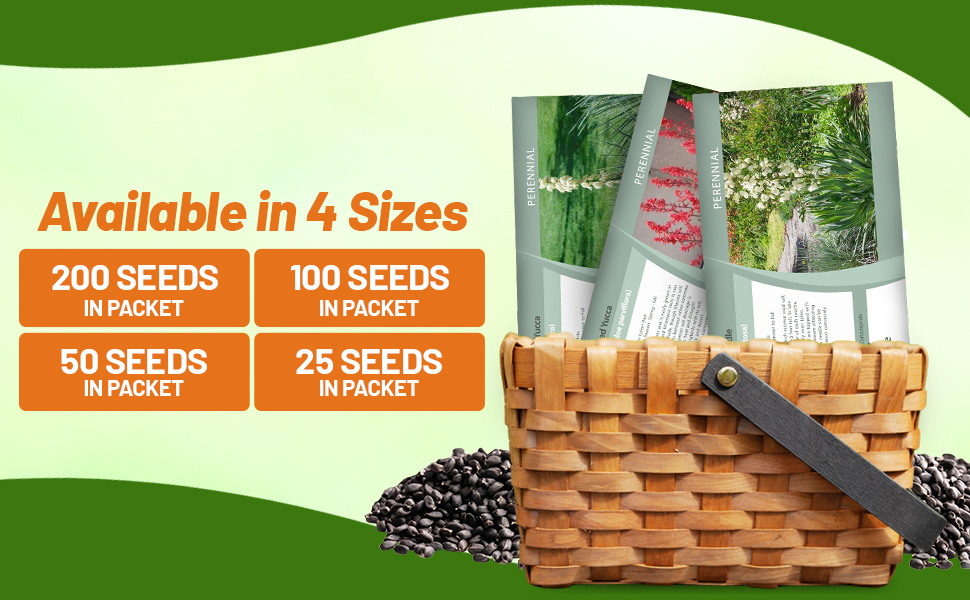
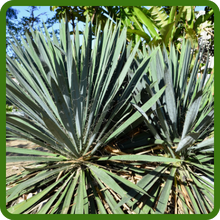
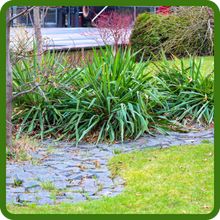
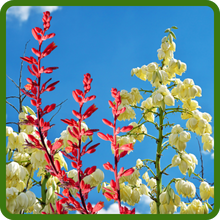
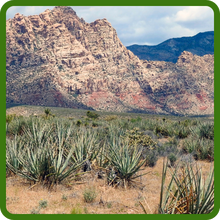
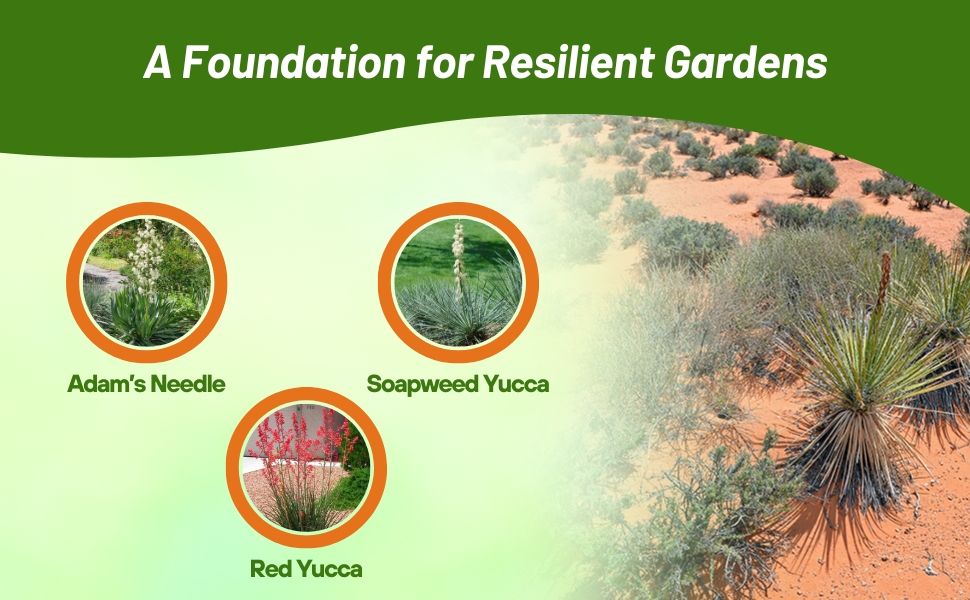
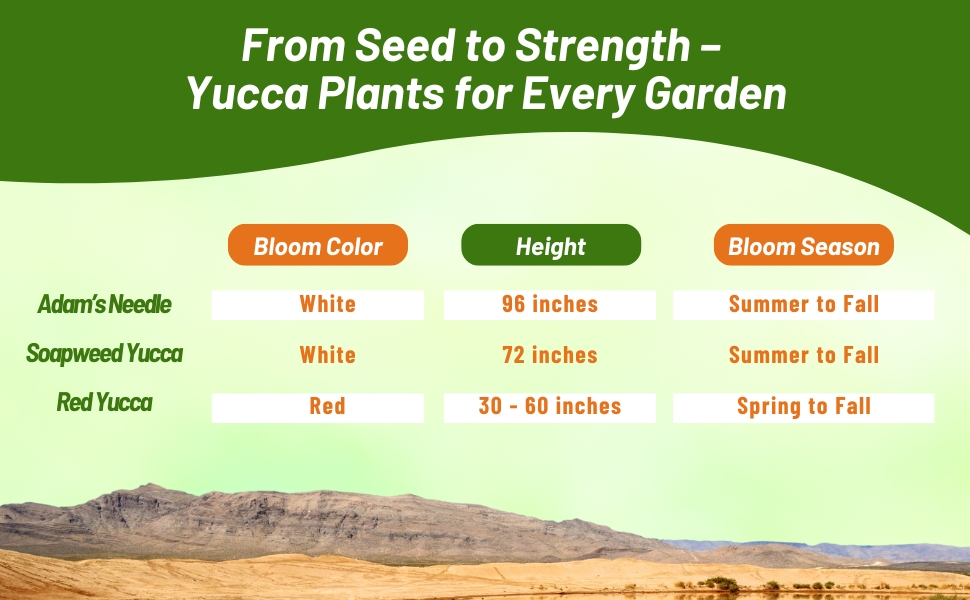
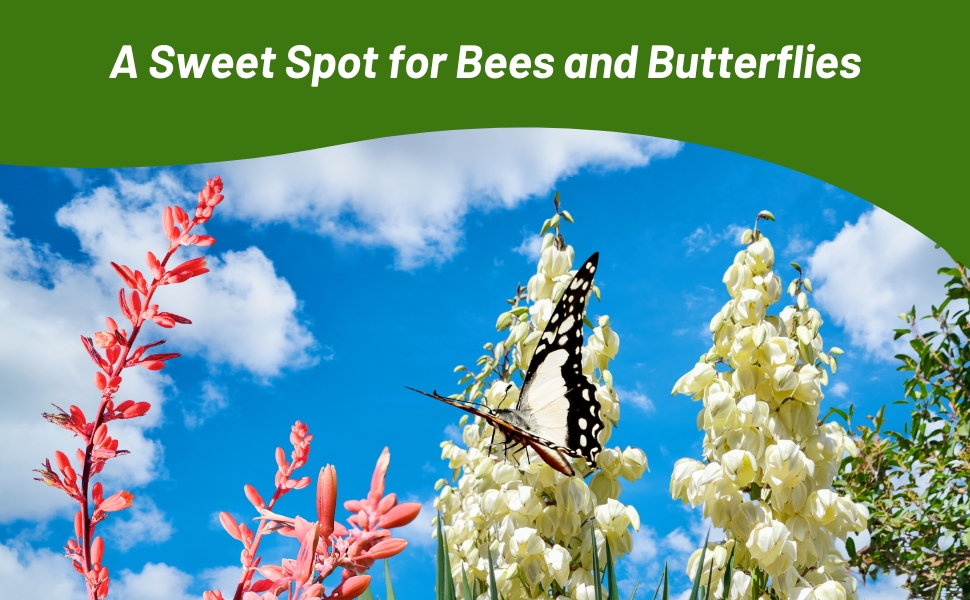
Adam's Needle (Yucca filamentosa) - Although Yucca is a very drought tolerant plant, they are also completely winter hardy. They are virtually stemless broadleaf evergreen shrubs that are native to beaches, sand dunes and fields from South Carolina down to Florida and Mississippi. Over time, they are now located across the U.S. These heat and drought tolerant plants and perfect for xersicape or natural landscaping where very low water needs are desired. Yucca can be planted for erosion control or even grown in containers, borders, or other dry garden areas. Attractive for butterflies and other pollinators, but not attractive to deer and rabbits.
A few other names for Yucca filamentosa is: Spanish bayonet, Yucca, and Needle Palm. Suitable for seaside gardens or areas which receive road salt runoff. Leaves form a foliage clump to 2 - 3 feet tall. In late spring, a flowering stalk rises from the center of each rosette, typically to 5 - 8 feet tall, but infrequently even taller. Mature plants about four or five years old will send up large flower stalks from the center of the foliage in late spring or summer. These stalks can be as tall as 8 feet, and are topped with numerous bell-shaped, creamy white flowers that attract butterflies and hummingbirds. Adam's needle can be planted almost any time, though it is most commonly available at nurseries in the Spring.
Common Questions
Do I need to prune back spent blooms?
Yes, you will need to remove the spent blooms to keep your plant tidy and compact.
Where are some good areas of a landscape to use these plants?
These are great for borders, rock gardens, containers or a small garden area.
Are plants toxic to animals?
Yes, these are toxic to dogs, cats and horses.
What are some companion plants to use with this yucca?
Gayfeather, creeping thyme and lavenders all look lovely and do well with yucca filamentosa.
My yucca leaves are yellowing, and the stems are spongy, what is wrong?
In most situations, yellowing leaves indicate that the plant is receiving too much water. The central stem may begin to soften, which is a clear indication of overwatering. Yuccas should only be watered once the soil is nearly completely dry. It's best to avoid a strict watering schedule; instead, use your finger to check the soil's dryness. To help your plants cease watering and enhance drainage by transferring the plant to a pot with additional drainage holes or by using well-draining soil. Improve air circulation around the plant and ensure that the humidity levels nearby are not excessively high.
My plants leaves are curling, what do I do?
If you observe that your yucca leaves are curling, it may be a sign that the temperature is either too high or too low for the plant. Yuccas thrive in a temperature range of 45°F to 90°F. When exposed to temperature stress, the leaves may develop red spots and start to drop. To remedy this issue, relocate the plant to an area with a more suitable temperature. You should see improvement within the next couple of days.
Can I grow in containers?
Yes, yucca can do well in a container. Yuccas thrive when they are slightly pot-bound, provided they do not become too heavy to topple their containers. You can expect to wait two to three years before needing to repot. Repotting larger yucca plants can be quite challenging, but you can rejuvenate them by simply removing the top 2 inches of soil from the container and adding fresh potting soil. During a standard repotting process, you can lift the yucca from its container and increase its size by one pot, always ensuring you use fresh potting soil.
Planting Directions
TEMPERATURE
71F - 75F
AVERAGE GERM TIME
14 - 21 days
LIGHT REQUIRED
Yes
DEPTH
Lightly cover seed with quality soil
SOWING RATE
2 - 3 seeds per plant
MOISTURE
Keep seeds moist until germination
PLANT SPACING
8 feet
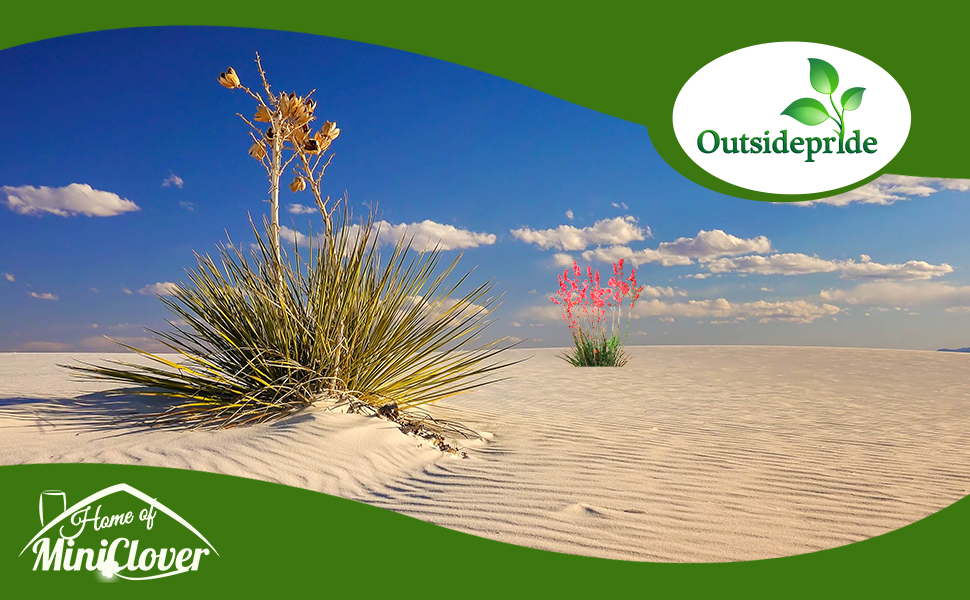
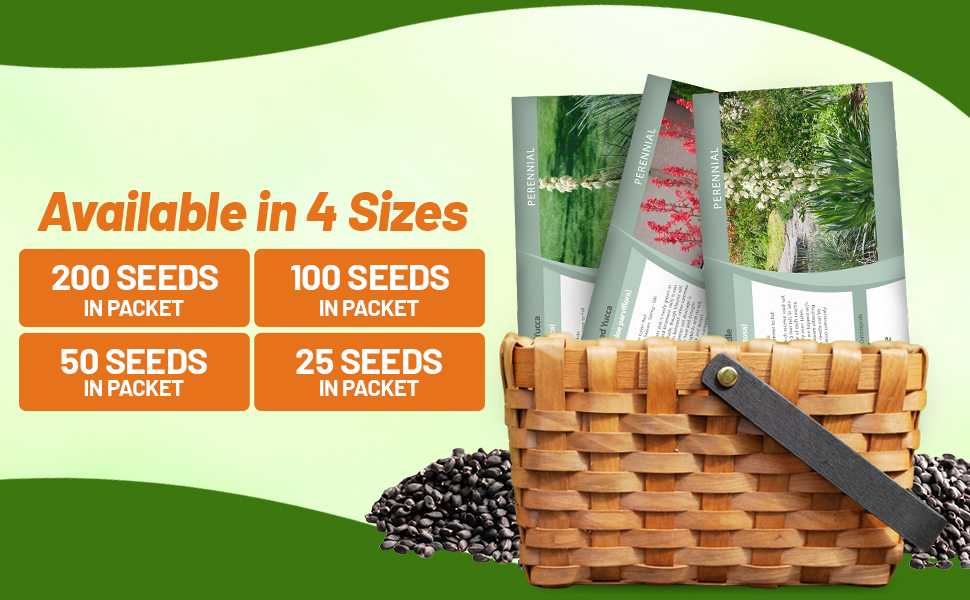
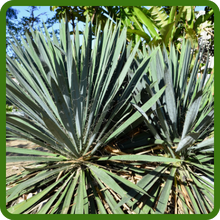
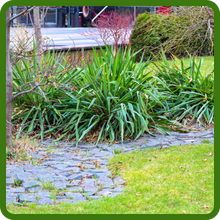
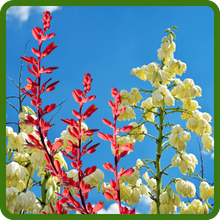
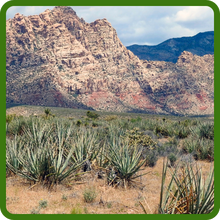
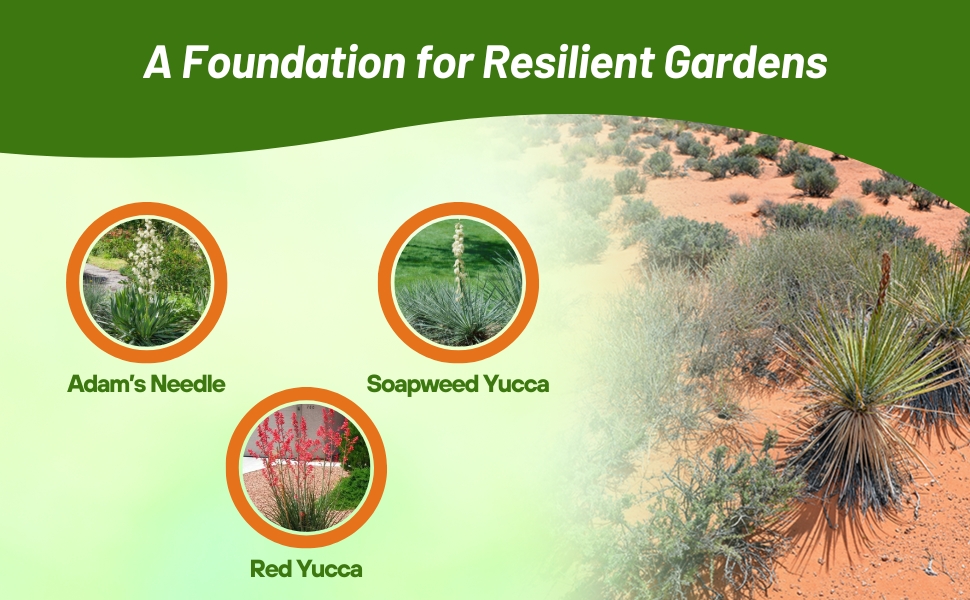
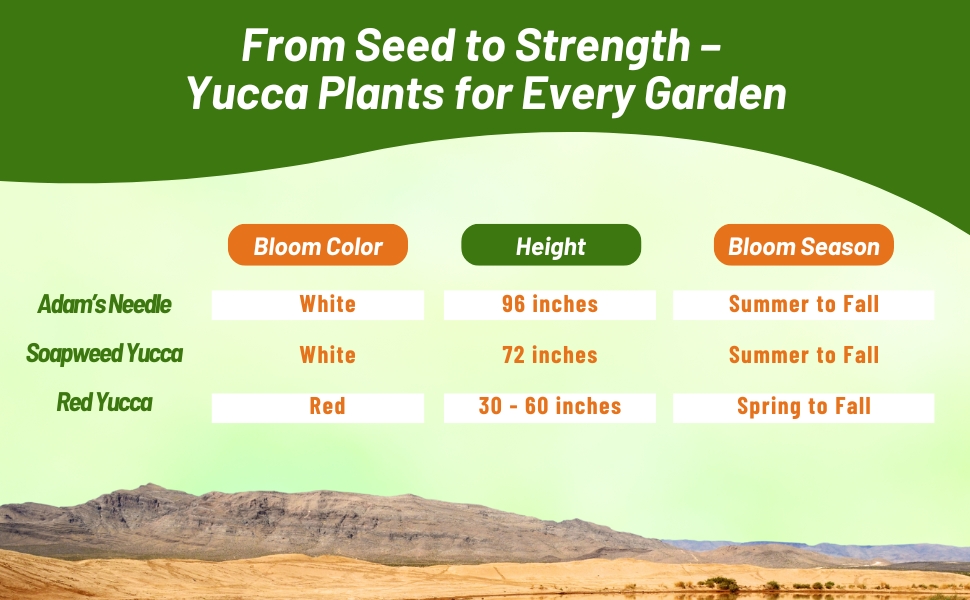
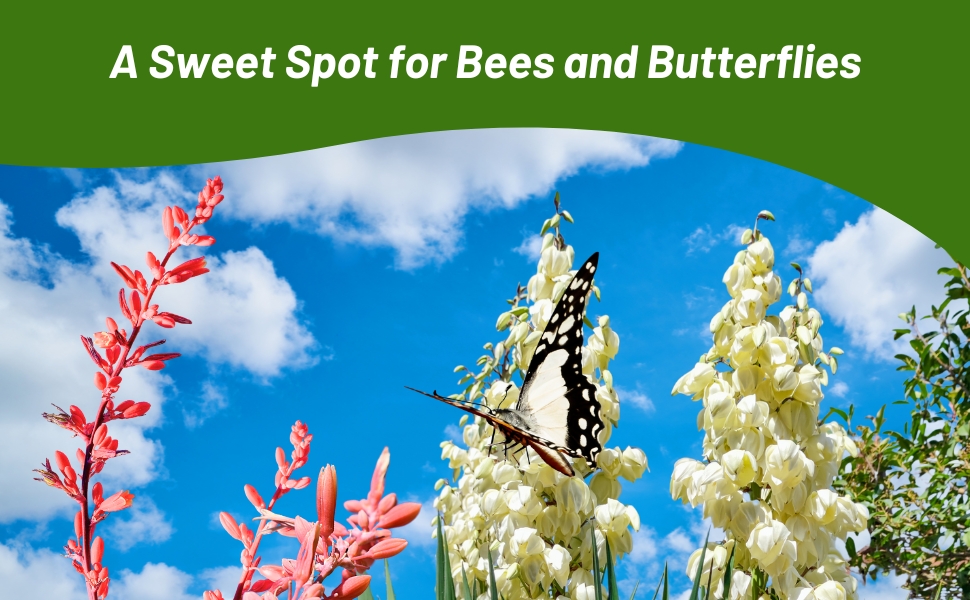
Soapweed Yucca (Yucca glauca) - A tropical plant and member of the agave family, it has stiff, grey-green evergreen leaves which form 2 foot or greater clumps. Usually in summer, 6 foot tall spikes topped with large white flowers rise high above the leaves. The flowers give way later in summer to woody, decorative seed pods that persist on the stems. It is a native to the southwestern US and grows best in dry rocky soil. Its natural habitat is dry rocky soils and often found in short grass prairies and desert grasslands. This variety of Yucca is among the most cold-hardy and landscape ready of the species. It is also very drought tolerant making it perfect for xeriscape landscaping.
A few other names for Yucca glauca are: Soapweed Yucca, Spanish Bayonet, Narrowleaf Yucca, Great Plains Yucca, Beargrass, Great Plains Yucca. An important plant for wildlife, it provides food and nesting for small mammals, birds, and reptiles. The flowers attract butterflies, but not deer or rabbits. It is a host plant for the Yucca Moth. This moth is the only insect that has success in pollinating the yucca flower and developing fruit and is the moths' only food source. Its roots are used to make soap. Crushed roots produce a lather that is great as a soap or shampoo; thus, the name Soapweed Yucca.
Dried leaves from this plant can be used to weave baskets, mats, and sandals. Rope is made from the extracted leaf fibers. Yucca can be propagated from seeds or stem cuttings, or rhizomes. In addition to putting on a showy display, the leaves have many practical uses. The leaves can be used to make paint brushes and brooms. After splitting the leaves, they can be used as a tying material. The needle-sharp points of the leaves have been used as needles.
Common Questions
My yucca leaves are yellowing, and the stems are spongy, what is wrong?
In most situations, yellowing leaves indicate that the plant is receiving too much water. The central stem may begin to soften, which is a clear indication of overwatering. Yuccas should only be watered once the soil is nearly completely dry. It's best to avoid a strict watering schedule; instead, use your finger to check the soil's dryness. To help your plants cease watering and enhance drainage by transferring the plant to a pot with additional drainage holes or by using well-draining soil. Improve air circulation around the plant and ensure that the humidity levels nearby are not excessively high.
My plants leaves are curling, what do I do?
If you observe that your yucca leaves are curling, it may be a sign that the temperature is either too high or too low for the plant. Yuccas thrive in a temperature range of 45°F to 90°F. When exposed to temperature stress, the leaves may develop red spots and start to drop. To remedy this issue, relocate the plant to an area with a more suitable temperature. You should see improvement within the next couple of days.
Can I grow in containers?
Yes, yucca can do well in a container. Yuccas thrive when they are slightly pot-bound, provided they do not become too heavy to topple their containers. You can expect to wait two to three years before needing to repot. Repotting larger yucca plants can be quite challenging, but you can rejuvenate them by simply removing the top 2 inches of soil from the container and adding fresh potting soil. During a standard repotting process, you can lift the yucca from its container and increase its size by one pot, always ensuring you use fresh potting soil.
Planting Directions
TEMPERATURE
71F - 75F
AVERAGE GERM TIME
14 - 21 days
LIGHT REQUIRED
Yes
DEPTH
Lightly cover seed with quality soil
SOWING RATE
1 - 2 seeds per plant
MOISTURE
Keep seeds moist until germination
PLANT SPACING
6 feet
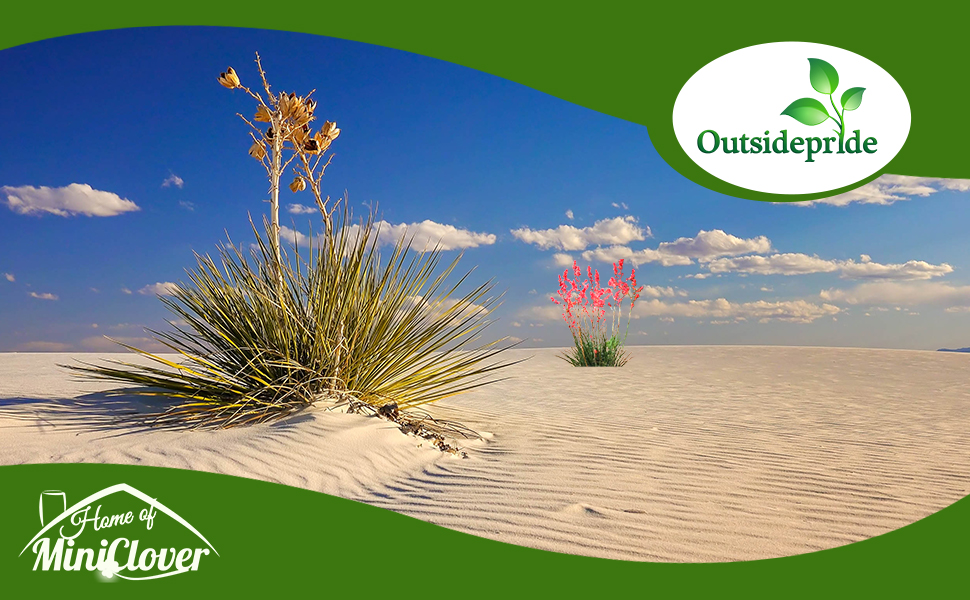
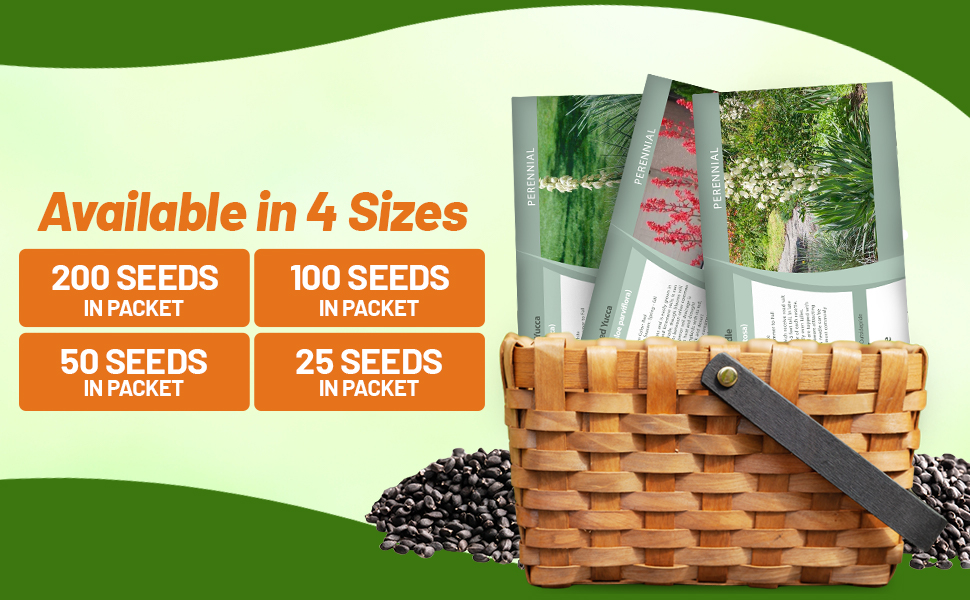
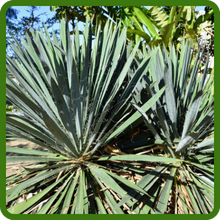
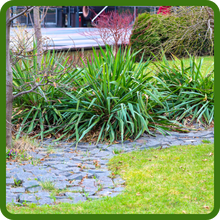
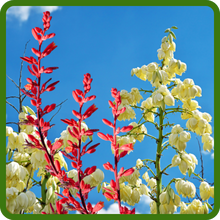
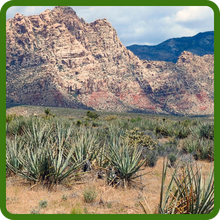
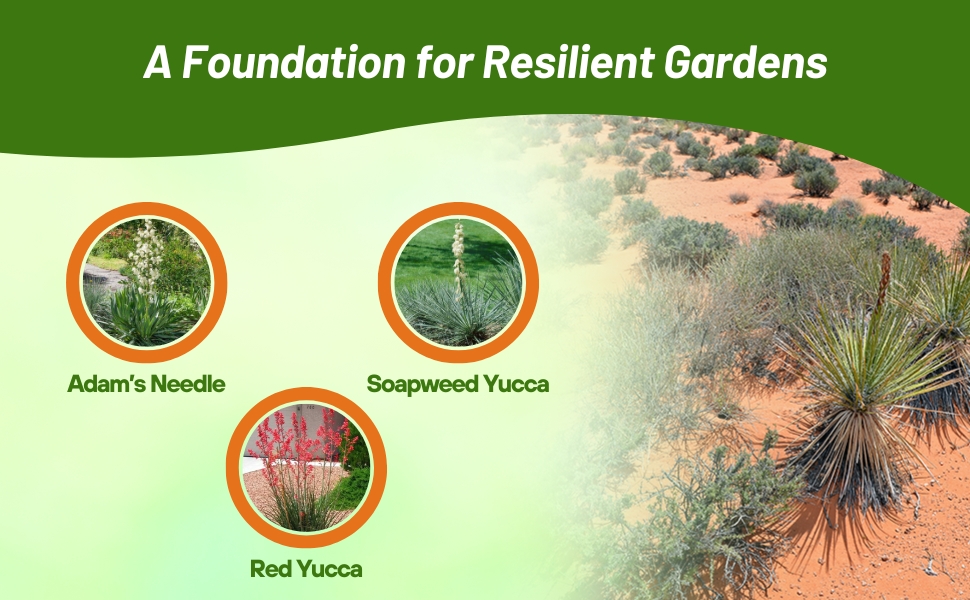
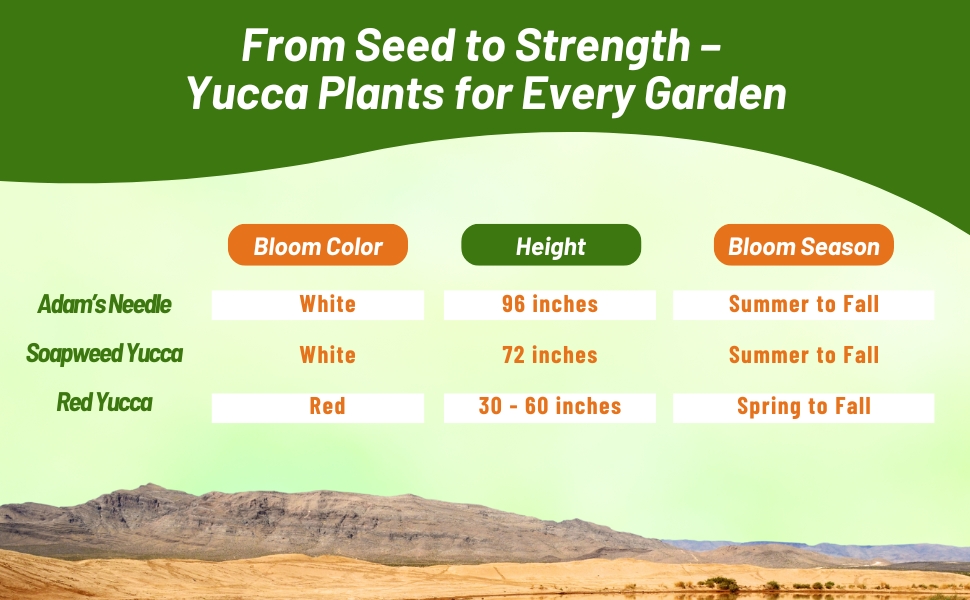
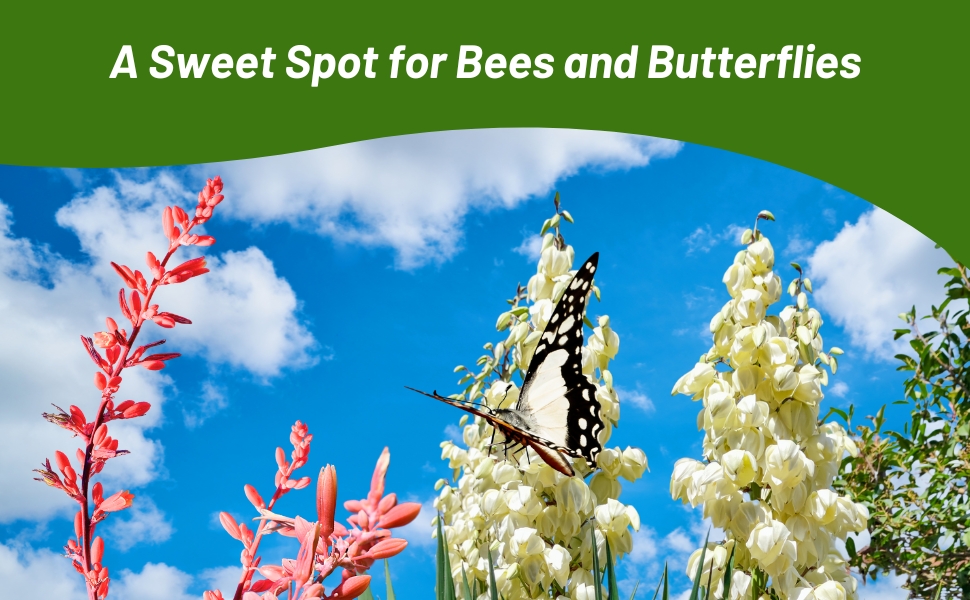
Banana Yucca (Yucca baccata) - Also called broadleaf Yucca. It is native native to the West and Southwestern U.S. The plant gets its common name from its fruit, which resembles bananas. It is more dwarf than other Yucca species growing 15 - 18 inches tall and 4 to 6 feet wide. Banana Yucca is a has thick, stout olive-green leaves and big spikes of showy ivory flowers in late spring. It is very cold hardy and well-adapted for xeriscape landscaping where minimal water is required. Give it room, as it will form wide-spreading colonies of stems. The large, banana-like fruits are readily fed upon by songbirds that eat the sweet, fleshy skin surrounding the seeds. Flower spikes may rise 2 - 3 feet above the main plant.
Flowers are pollinated by the nocturnal desert yucca moth. Due to their intense heat tolerance, they are a good plant choice for areas with reflected heat; such as city medians, desert style commercial landscapes. Banana yuccas can also tolerate some part shade and are very drought tolerant once established. Plants will adapt to just about any soil type as long as it drains well. Minimal care is all that is necessary for this tough plant which is rarely bothered by pests and is generally not bothered at all by deer and rabbits. Much like cactus and succulents, fertilizer needs are low and overfeeding can actually cause damage. It is not too often you get a plant that is cold tolerant as well as h eat and drought tolerant, but that is exactly what you get with Yucca plants. Use in mass plantings or feature as a container plant for decor.
































